Last Updated on November 18, 2023 by Cathy
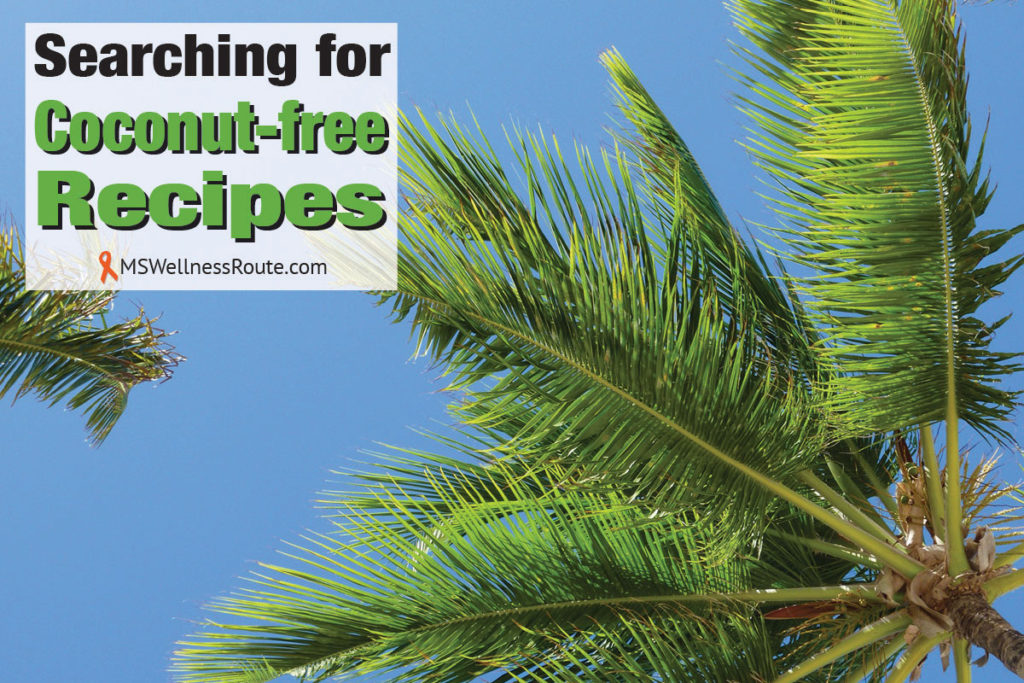
Eating an anti-inflammatory diet like the Paleo diet is pretty restrictive. There are many recipes and cookbooks for the paleo diet. But what if you are searching for coconut-free recipes? It can feel like your options dropped to zero.
Several years ago, my face broke out in a rash every 3-4 days. I was desperate to figure out why it kept happening. I had already tried an elimination diet, and that’s when I discovered I was sensitive to nightshades.
Getting a food sensitivity test was my next step to see if there were any other foods I was sensitive to. After the results came back it was surprising to see many foods I was eating on the list.
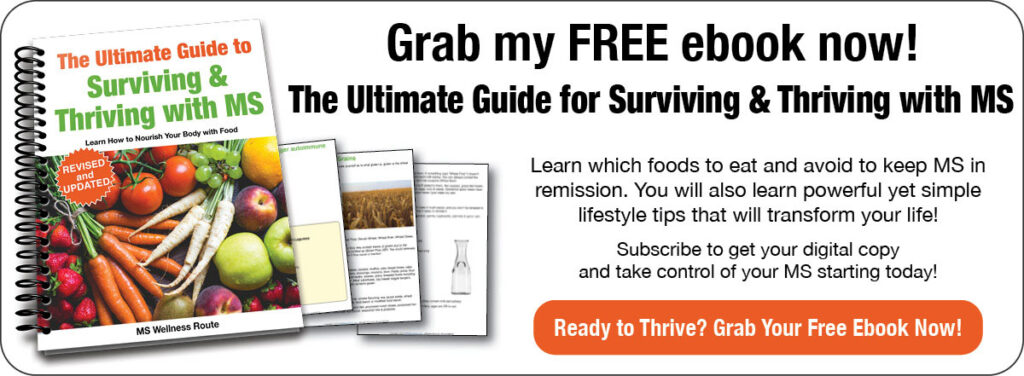
Foods that showed up on my food sensitivity test (I wasn’t eating most of these):
- Arugula
- Aspartame
- Avocado
- BHT (preservative)
- Cocoa Bean (Chocolate)
- Coconut
- Egg White
- Egg Yolk
- Grapes
- Grapefruit
- Green #3
- Pear
- Pepper (Green/Red/Yellow)
- Red Dye #40
- Sulfur Dioxide (preservative)
- Sumac (spice)
- Tomato
- Tuna
- Watermelon
- Woodruff (herb)
I was very disappointed to see coconut on the list. Coconut was the main ingredient in not only many recipes but it was in my shampoo, conditioner, and soap. It was frustrating and I kept thinking – why me?
But, I soon found out I was not alone.
As I was asking around I found out there are MANY people who are sensitive to coconut. It’s funny how similar stories pop up once you are more aware. It’s like when you buy a new car, you start seeing the same make and model everywhere.
Fortunately, going coconut-free is very doable.
Thinking Back
Thinking back if coconut affected me negatively, I would say no. But, I was suffering from my face constantly breaking out in a rash and I couldn’t figure out why. Sometimes I wondered if I went a little overboard consuming too much coconut but red dye #40 was also on the list and I never consumed it.
Why is coconut bad?
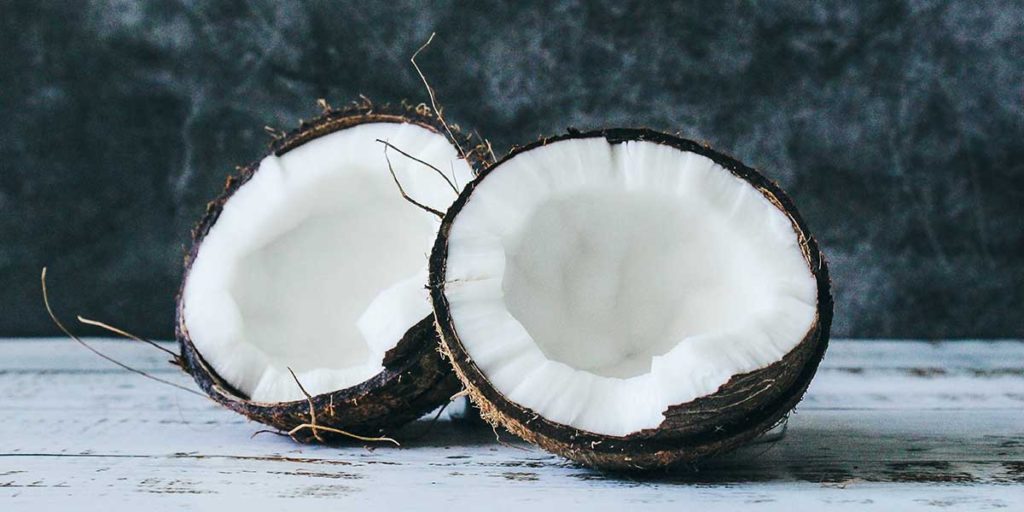
Well, coconut isn’t really bad, most people can tolerate it with no problems. However, there are reasons you shouldn’t eat large quantities of coconut. Whether it’s coconut flakes, flour, milk, or oil it is best to eat coconut in moderation.
Reasons to eat coconut in moderation:
- Cross-reacting – If you are sensitive to tree nuts like walnuts you could react to coconuts as well. This is due to a cross-reacting protein.
- Inulin fiber – FODMAP stands for (fermentable oligosaccharides, disaccharides, monosaccharides, and polyols). It has the ability to alter the gut microbiome. If you suffer from gut issues like bloating or gas your body may be less able to digest the carbohydrates. This causes unabsorbed sugars to enter the large intestine. This can lead to an overgrowth of bacteria.
- Mycotoxins – Many coconut oils contain mycotoxins (mold). This is because they are commonly made with copras, dried sections of the meat. Dried fruit has a higher level of mycotoxins. If you have high levels of mycotoxins, like me, you need to avoid coconut oil altogether.
- Phytic acid – Phytic acids are in many plant foods. It has antinutrient properties that block the absorption of certain minerals. This can lead to gut permeability (leaky gut).
In the book The Paleo Approach, Dr. Sarah Ballantyne (aka. The Paleo Mom) talks about limiting coconut consumption. She recommends eating coconut lower in fiber in small quantities. (Four tablespoons a day at most.) Consume coconut high in inulin fiber like flour and sugar rarely and in small quantities. (No more than two tablespoons at a time.)
You can consume whole coconut products like coconut milk and oil up to four tablespoons a day. These have very little fiber but if you have problems from the list above you should avoid them.
Make sure you purchase unsweetened coconut products.
Recipes and Cookbooks
When I first started looking for “coconut-free” recipes it seemed like there weren’t any. As I searched deeper, I found there are many recipes and cookbooks that are coconut-free friendly.
Here are some cookbooks I recommend:
The Paleo AIP Instant Pot Cookbook – If you don’t have an Instant Pot you could also use these recipes in a Ninja Foodi. Over half of this e-cookbook has special diet modifications to the paleo diet including coconut-free diets.
The Paleo Healing Cookbook – With over 120 recipes the majority of them are coconut-free. Here’s what one Amazon reviewer had to say:
“This is by far the best AIP cookbook we have tried. I’m 19, and my older sisters and I cook out of it nearly every day. The recipes are as flavorful, and sometimes even more interesting to cook than regular paleo. Rachael Bryant did a fine job of making creative, gourmet, AIP-friendly foods that I wouldn’t hesitate to serve to non-paleo friends.” – This book has 4.5 out of 5 stars on Amazon.
The Nutrient-Dense Kitchen – Many of these recipes are coconut-free. Here’s what one Amazon reviewer had to say:
“Beyond being absolutely gorgeous, this book is full of vital information about the quality of your food. Nutrient density is important for everyone, whether or not you’re following the autoimmune protocol. If you’re looking for a way of eating to support your health and vitality, this book is for you. It’s worth it just for the wealth of information, let alone the variety of recipes. I’ll be making the cream of chicken soup with broccoli and root vegetables for dinner tonight, and I am so excited!” – This book has 4.5 out of 5 stars on Amazon.
Check your local library to see if they have any of these cookbooks. It’s always annoying when you buy a cookbook and end up using one maybe two recipes. Borrowing it from your library first will give you the opportunity to see if it is a book you will enjoy owning.
Substitutions for Coconut
It can feel overwhelming trying to find coconut-free recipes. Especially when so many paleo or AIP recipes use coconut products. I know, I’ve been there but believe me, you can create delicious meals without coconut.
Four Substitutes
There is no perfect substitute for coconut flour but that doesn’t mean you can’t use the recipe. If the recipe only calls for a small amount of coconut flour, use a different flour. Add a little at a time until you reach the desired consistency/result. You may need to add extra liquid since coconut flour is super absorbent.
Alternative flours include almonds, arrowroot, cassava, tapioca, and tiger nut flours. You could also use fruit and squash flour, such as apple, butternut squash, pumpkin seed, and sweet potato flour. Be careful because some of these flours could be higher in sugar. Sweet potato flour is higher in resistant starch which is beneficial for gut health.
If you are into eating bugs, yes this is real, you can buy cricket flour. I’ve never tried it myself but it claims to have more protein than beef, calcium, vitamin B12, and 17 amino acids. It has 4.5 out of 5 stars on Amazon.
Milk Substitutes
When making recipes that call for coconut milk I skip it altogether depending on the recipe. If it’s for soups I use other thickeners such as green banana flour instead. Plus, it’s a resistant starch that includes many health benefits including gut health.
Milk substitutes for coconut milk:
- Banana milk
- Hemp milk
- Nut milk
- Tiger nut milk
Avoid oat milk (a grain), rice milk (uses white rice which is a grain), and soy milk (a legume).
Healthy Fats and Oils
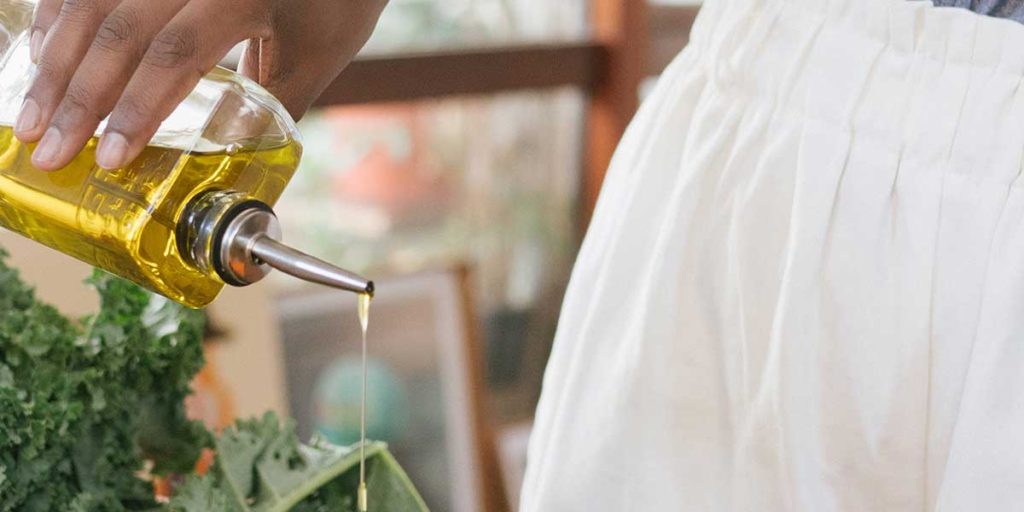
While coconut milk and oil are a “healthy fat” for most. But if you have a sensitivity you will need to use other options. Your first thought was probably olive oil but it’s not the only option. There are plenty of other fats to consume.
- Avocados and oil
- Duck fat
- Fatty fish such as salmon
- Lard
- Tallow
NOTE: Palm oil and shortening is another option but it is in the palm family along with coconuts. If you have an intolerance/sensitivity you may want to avoid it too.
Quick Links To Information In This Post:
How To Start An Elimination Diet
Paleo Flour Substitutes
Does Your Coconut Oil Have Mold?
Healthy Fats Improve Your Health
Searching for Coconut-Free Recipes
Searching for coconut-free recipes doesn’t have to be hard. I know when you are trying to heal it’s tough. It seems like the more foods you take out of your diet the more you become sensitive to other foods. Dr. Sarah Ballantyne says “These changes are positive.” because it shows your gut is healing.
If you are getting more food sensitivities, add more fiber and resistant starch to your diet. You need to feed your gut microbes with fermentable substrates. Without it, you reduce the production of short-chain fatty acids. This leads to greater alkalinity which promotes pathogenic bacteria.
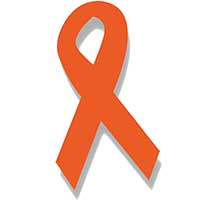
Free Wellness Library!
Subscribe for free and I’ll send you the password to my secret library filled with many printables for your wellness journey.
Get Access to my FREE Library!

Subscribe for free and I'll send you the password to my secret library filled with MANY printables for your wellness journey.
You'll also be subscribed to my weekly newsletter with extra tips to get MS into remission and occasional recipes!
Enter my free resource library for my latest files and printables! Password is 'healthy' -- please copy and paste that in at the link above. Thanks for being a subscriber!!
Want to remember this health tip? Pin it to your favorite Pinterest board!
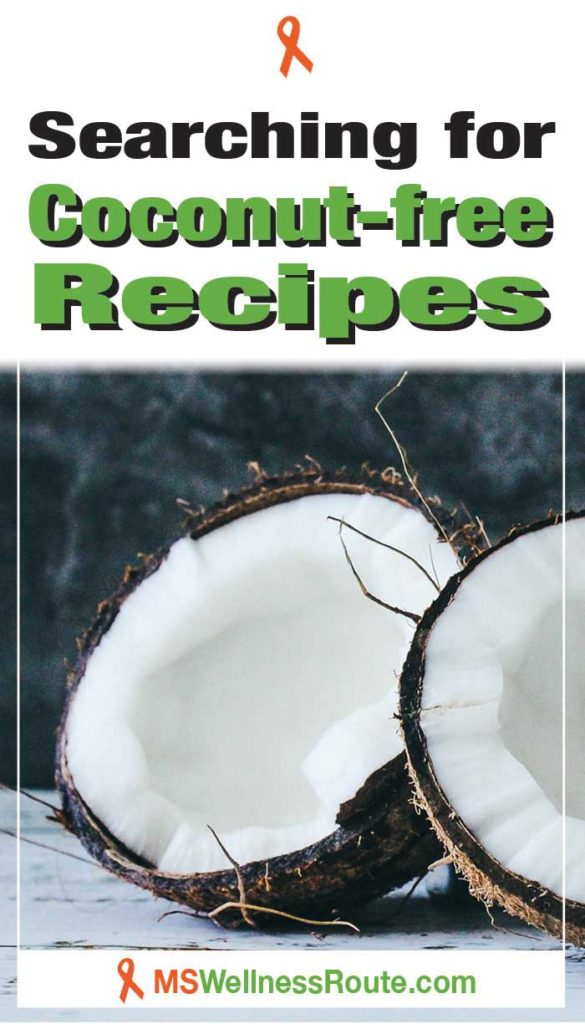
Resources:
https://www.webmd.com/diet/foods-high-in-phytic-acid
https://www.ncbi.nlm.nih.gov/pmc/articles/PMC6682924/
Images by Delphine Danton from Pixabay, Tijana Drndarski on Unsplash, and RF._.studio from Pexels.
Searching for Coconut-Free Recipes
 MS Awareness Month Sale! All Ebooks 50% Off!
MS Awareness Month Sale! All Ebooks 50% Off! 




